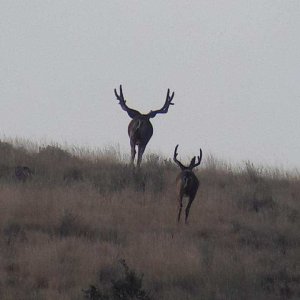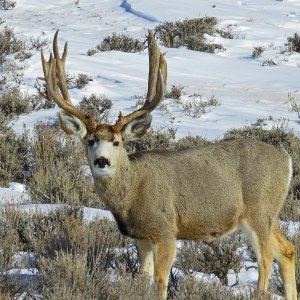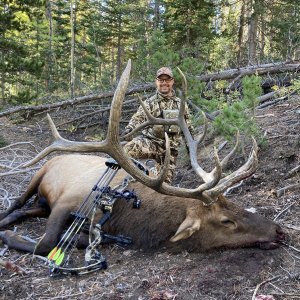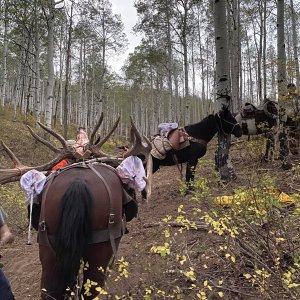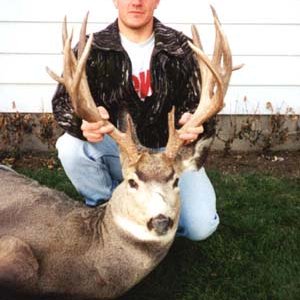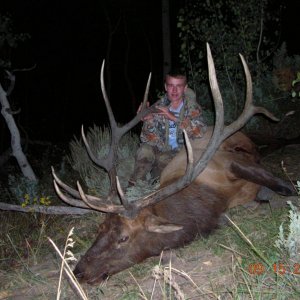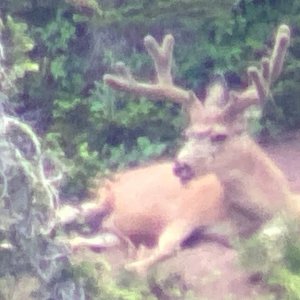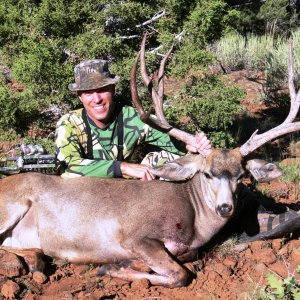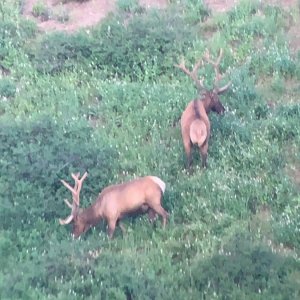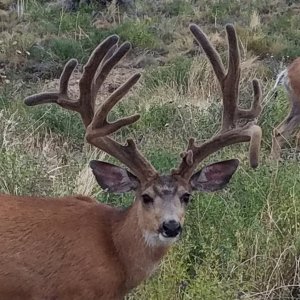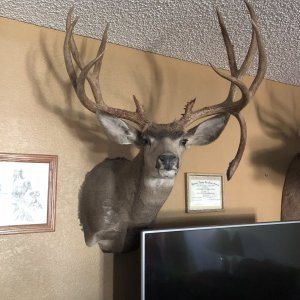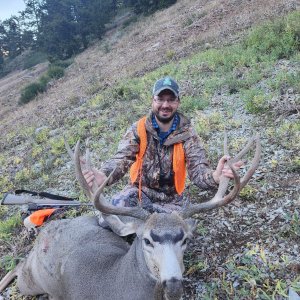I guess I'll start with saying congrats to everyone that drew tags this year. I was hoping to be down on the Henry's chasing big muleys, but maybe next year.
I was hoping to get some tips/advice onfield judging elk. My buddy drew a LE elk tag this year, and I'm gonna be helping him scout quite a bit come summer. I'm a big time muley hunter, but rarely hunt elk. So, what makes a bull a good bull? Obviously length and mass, but how do you reference that when looking at a bull? I hear people reference brow tines to the length of the nose, but what range does that fit in? I know main beam length is also important to look at, but again how do you judge it? Basically just looking for some advice when it comes to judging bulls. Any info would be greatly appreciate.
Thanks a bunch
bowhuntr
I was hoping to get some tips/advice onfield judging elk. My buddy drew a LE elk tag this year, and I'm gonna be helping him scout quite a bit come summer. I'm a big time muley hunter, but rarely hunt elk. So, what makes a bull a good bull? Obviously length and mass, but how do you reference that when looking at a bull? I hear people reference brow tines to the length of the nose, but what range does that fit in? I know main beam length is also important to look at, but again how do you judge it? Basically just looking for some advice when it comes to judging bulls. Any info would be greatly appreciate.
Thanks a bunch
bowhuntr



